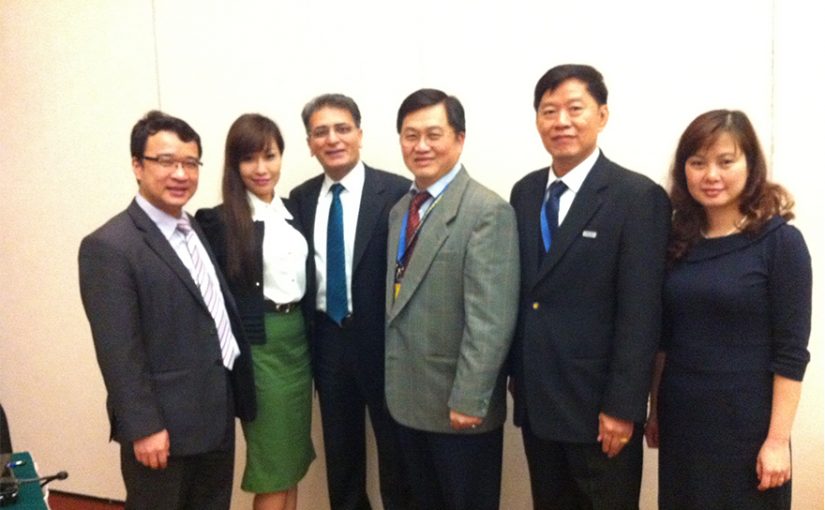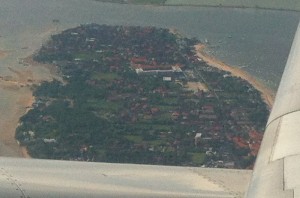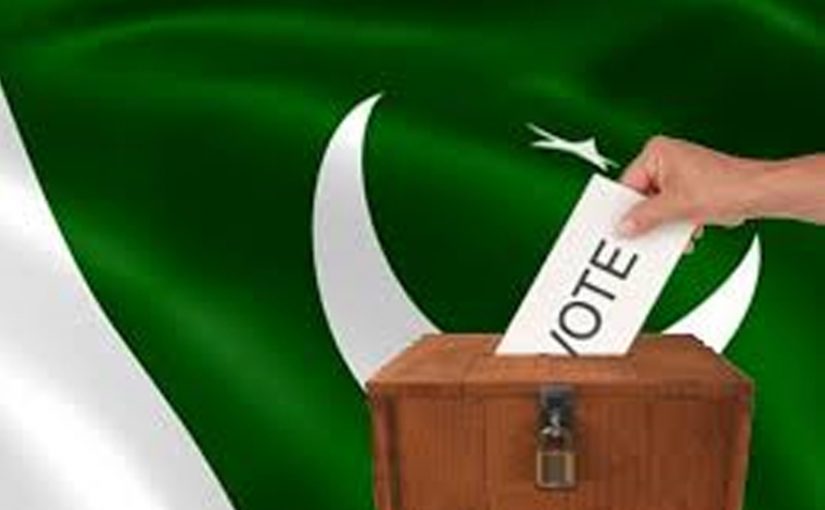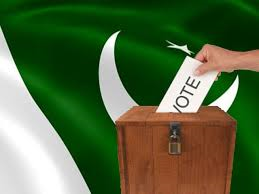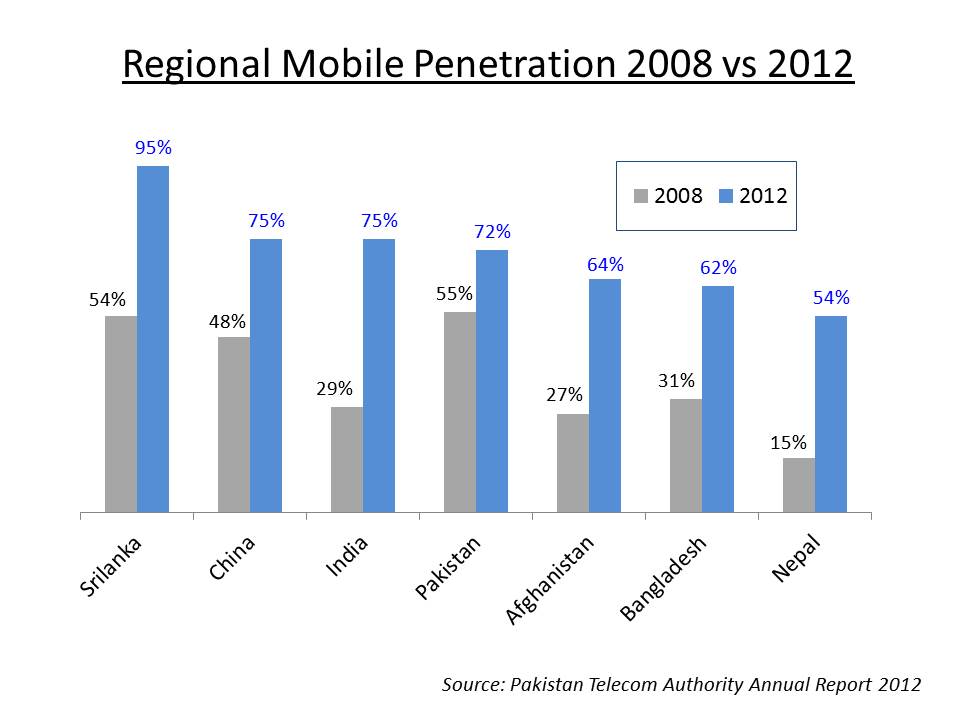Such is the importance being given to Universal Service and Broadband all over the world that if you look at the APEC TEL Strategic Action Plan: 2010-2015*, the very first item is: 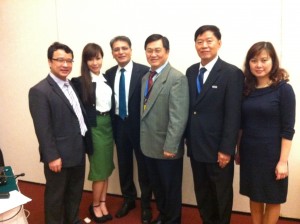
Supposedly APEC-TEL 47 will generate recommendations that will be presented to the APEC-TELMIN (council of TELecom MINisters). The TELMIN will form their own recommendations which will become part of the agenda of APEC Summit to be held in BALI in November 2013. President Obama is expected to be one of the 21 leaders who will participate. Preparations are already going on for the summit (the brand new airport terminal building will also open in time). For Indonesians it holds special meanings as President Obama spent part of his childhood in Indonesia.
The very first day was this full-day session on USF with about a dozen speakers from different countries – Vietnam, Japan, China, Indonesia, Malaysia, Thailand, Brunei, USA, South Korea, and so on. One could hear about various solutions 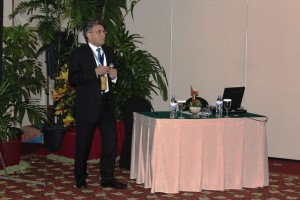
For the first time I came to know of the scheme in South Korea, where they have a very interesting model of a “Virtual USF”. There is no real fund as such and what they do is that the losses of the operators who provide services to the designated PNLAs (Potential Net Loss Areas) are compensated up to 70% by rest of the operators. The total compensation amount that is settled is a result of “bargaining” among themselves (yes there is actually bargaining). The contributions are in proportion to their revenues. Consequently there is no USF administration because it is just an accounting matter and there are a couple of persons in the Ministry who are assigned to co-ordinate.
The Japanese too have a different model and they also compensate the losses of providing services to people living in remote/high cost areas, or people with disabilities, or for emergency lines and payphones. If the cost of providing such service is above the National Average Cost + 20, then that is loss! The basis of contributions is not pegged to revenues but to numbers of subscribers that the contributing carrier holds. Calculation is based on a per subscriber per month rate. The Japanese have not yet made Broadband as their target Universal Service. They say that first there has to be a considerable increase in broadband utilization rates and then a national consensus has to be reached!
I found the presentation of United States USF also interesting. It is one the oldest and biggest USFs (2012 disbursements US$ 8.7 Bil). They too strive to provide affordable services (incl Broadband) to rural and high cost areas (about 50% goes there), advance telecom services to schools and libraries (about 25%) and remaining to ‘life-line’ plus rural health care facilities. The contribution factor is announced quarterly. Currently it comes to approx. $1.2 per line, per month. US has the reputation of a costly administration (USAC) and a complex mechanism, whereby a substantial amount of the money collected is spent in USAC itself.
USO mechanisms of several other countries (Vietnam, Brunei, Malaysia, Thailand, Indonesia, etc.) were well presented 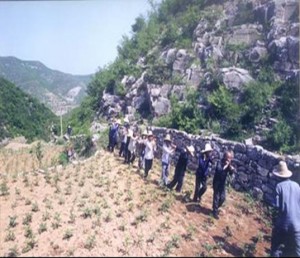
For me it was interesting to hear presenters from Thailand (Mr Channarukul) and Indonesia (Ibu Woro) tell the audience that they are in the process of reforming their USOFs. Thailand is about to launch a pilot under the new bidding scheme and in the next three years they intend to auction USF projects worth half a billion dollars, mainly broadband – a part of Smart Thailand program. Similarly Indonesia is in the process of reforming their USO. ‘Palapa Ring’ undersea Optic Fiber Cable project is already under way aiming to build a fiber optic network that will connect all the 497 districts/cities to support broadband.
What was exciting for me (again!) was that I am involved as a USF consultant
in both the above named countries. It does give a bit of satisfaction of being useful to some – if not to own people!

